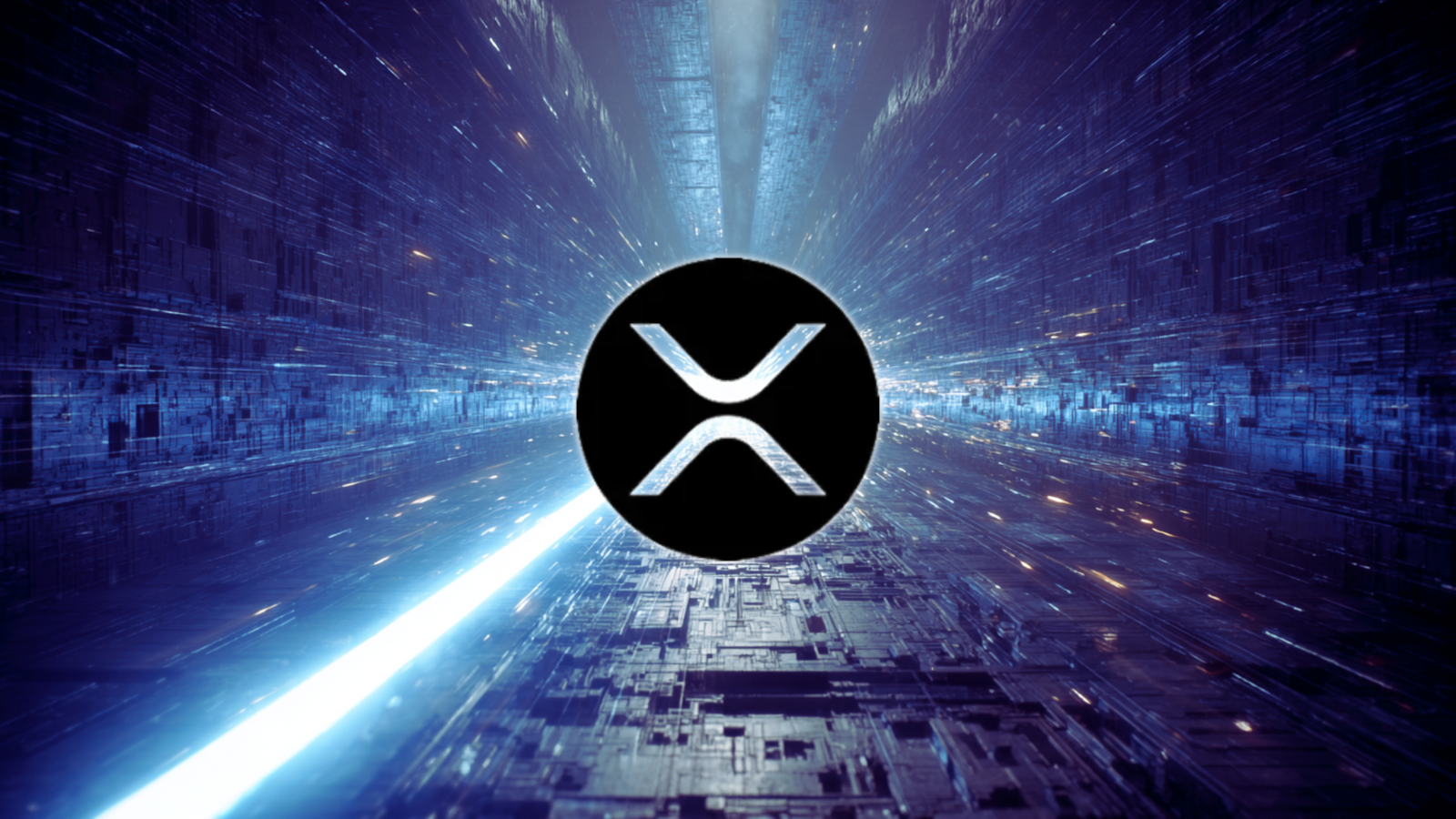Ripple wants in. Not just into banking—but into the heart of the U.S. financial system.
In mid-July, Ripple made a bold move. The crypto firm applied for a national trust charter with the Office of the Comptroller of the Currency (OCC)—a license that would allow it to custody digital assets, issue its own stablecoin (RLUSD), and plug directly into the Federal Reserve’s payment rails. In plain terms: Ripple wants to become a federally regulated crypto bank.
Two weeks later, the panic began.
On July 17, the Bank Policy Institute (BPI)—a powerful Washington lobbying group representing 42 of the country’s largest banks, including JPMorgan Chase, Bank of America, and Wells Fargo—filed a sharp rebuke. Backed by the American Bankers Association and other financial groups, the letter urged the OCC to halt Ripple’s application, framing it as both legally questionable and potentially dangerous to the financial system.
But behind the formal language lies something more revealing: Wall Street is scared.
What They Say—and What They Mean
Officially, the objections focus on procedure. The coalition claims that the short public comment window—just over two weeks—wasn’t enough for such a complex proposal. They also argue that Ripple’s business model doesn’t clearly meet the legal requirements of a trust company, and that regulating crypto custodians like banks could introduce risk to the broader system.
But within the crypto industry, many view this as a calculated defensive move—not a call for caution, but an attempt to stall a competitor that’s gaining ground.
Ripple isn’t just another blockchain startup. It’s a firm with global reach, deep partnerships, and enough legal momentum—after its partial court victory over the SEC—to move fast in regulated markets. And if it gets this charter, it won’t just offer payments. It will offer custody, settlement, and tokenized finance—faster and cheaper than the legacy system ever could.
For Wall Street, that’s the real problem.
What’s Actually at Stake
If approved, Ripple’s trust charter wouldn’t just grant it legitimacy. It would open the door to a regulated crypto infrastructure that sidesteps many of the bottlenecks banks profit from—like correspondent banking networks, legacy custody systems, and multi-day settlement flows.
The banks’ pushback isn’t driven by regulatory concern alone. It reflects a deeper anxiety about what happens when the gates open to digital-native competitors with no legacy baggage and a radically different cost structure.
Ripple represents exactly that threat.
ChainStreet’s Take: The Panic Is the Point
Call it what it is: a defensive blockade disguised as procedural concern.
Wall Street’s top lobby group isn’t trying to protect consumers or ensure regulatory clarity. It’s trying to stall a competitor that threatens to expose how slow, expensive, and outdated the legacy system has become.
A national trust charter would give Ripple the keys to the financial core—allowing it to custody assets, move stablecoins, and settle payments faster than most banks can send a wire. That kind of access doesn’t just step on toes—it cuts straight through the most profitable lines of business in traditional finance: custody, settlement, and cross-border payments.
Now the OCC holds the decision that could define the next phase of U.S. financial infrastructure. A green light opens the door for crypto-native institutions to operate under federal banking law. A denial might delay the shift—but it won’t stop it.
The reaction from Wall Street says everything. They’re not overreacting. They’re signaling how real the threat has become.



